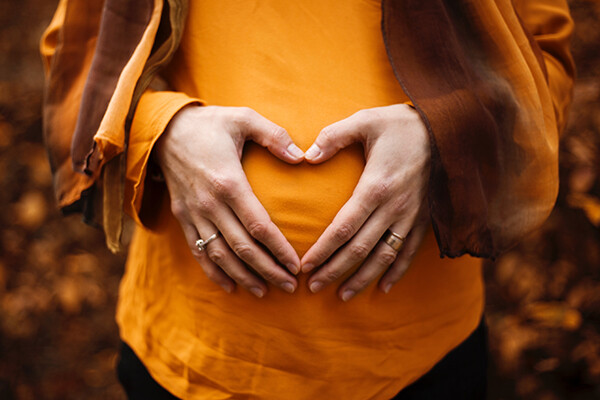In a redundancy, the role is considered to be redundant, rather than the employee.
And there are particular circumstances in which this may occur:
- When the business is closing and/or moving premises;
- When fewer employees are required to carry out their type of work; or
- When the employee’s work is no longer carried out.
Previous legislation states that, if an employee on maternity leave (or returning to work early during maternity leave) is selected for redundancy, then they must be offered priority for any suitable alternative roles, without the need for an interview, and irrespective of whether they would be considered the best fit for the role.
Recently a series of family-friendly bills, including the Protection from Redundancy (Pregnancy and Family Leave) Act 2022-23, have received Royal Assent.
The new Act has extended the previous protection rights for employees on maternity leave.
Employees will be protected from the date that they inform their employer of their pregnancy (either verbally or written), until 18 months after the birth of the child.
Furthermore, the Act extends the protection to employees taking either adoption or shared parental leave, although it does not appear to apply to paternity leave.
The risks of failing to adhere to these new protections could include the redundancy dismissal being considered automatically unfair, with the potential for discrimination claims, the compensation of which is not capped.
The new Act has already come into effect as of the 24th of July 2023.
However, regulations and guidance are still being developed for employers to introduce the proposals into the workplace and isn’t expected to be complete until 2024.
At the moment it is a case of “watch this space” but take this new Act into consideration if planning redundancies whilst we wait for these future changes.
Stay in the know
We’ll keep you up to date with all the latest in employment law and HR. You can unsubscribe at any time.


Recent Comments